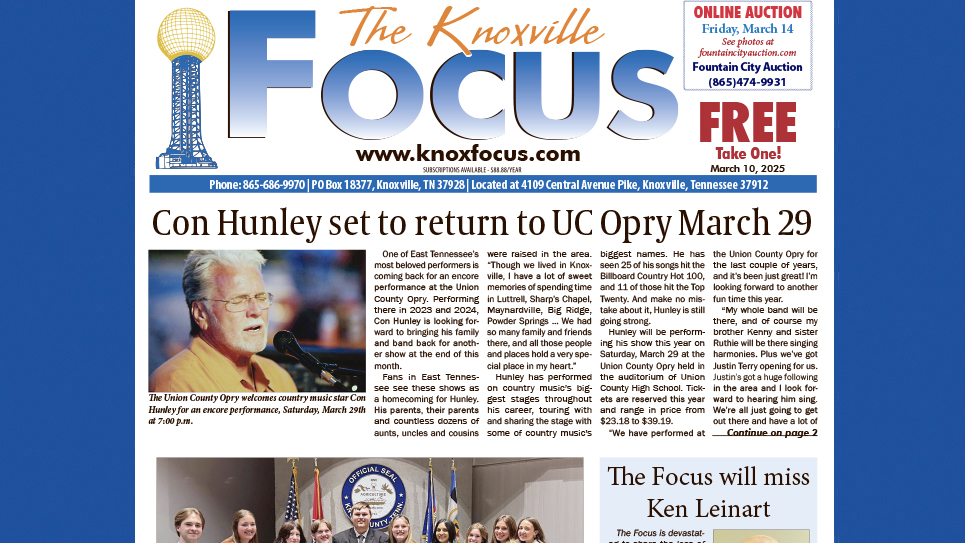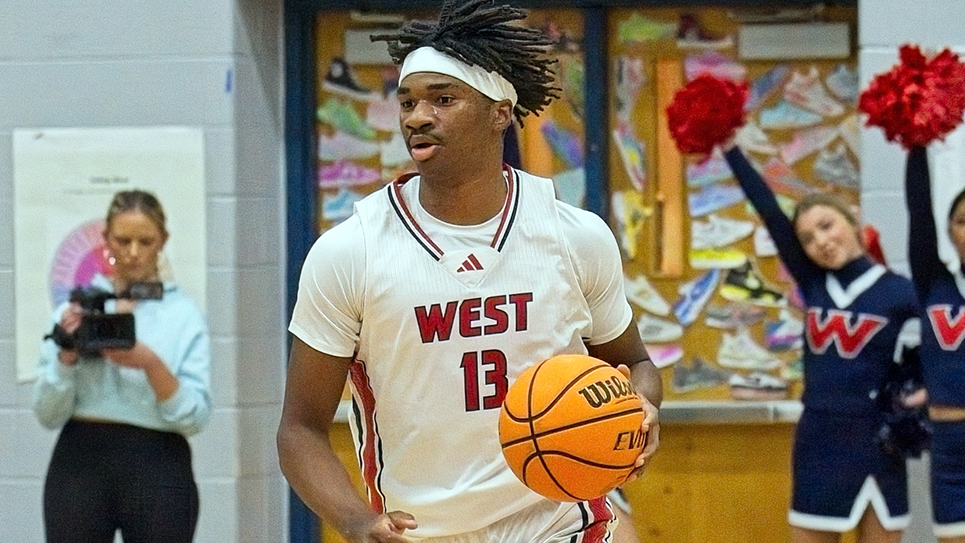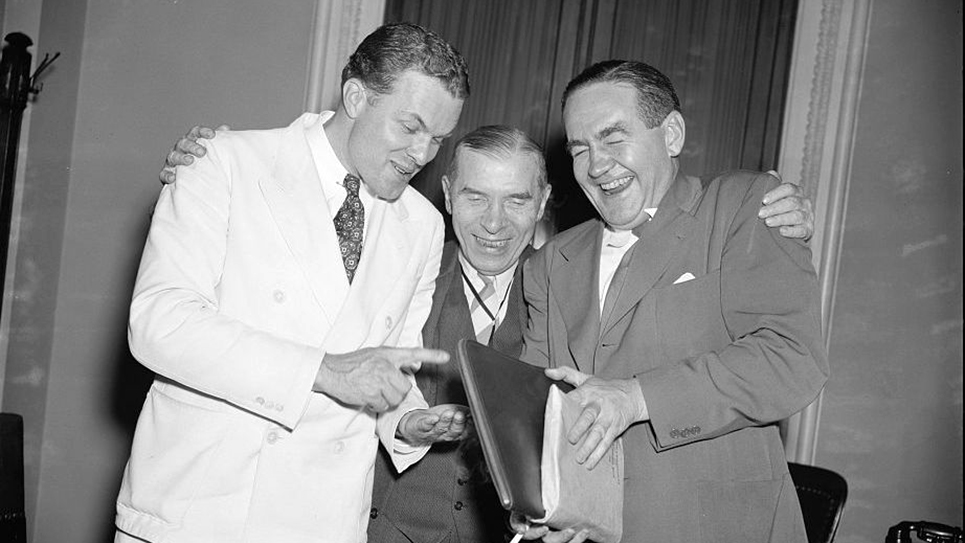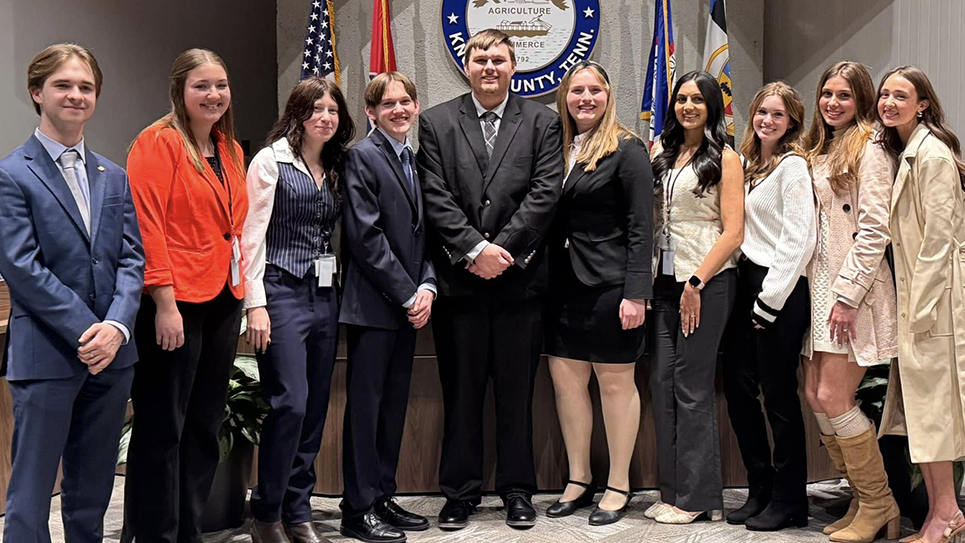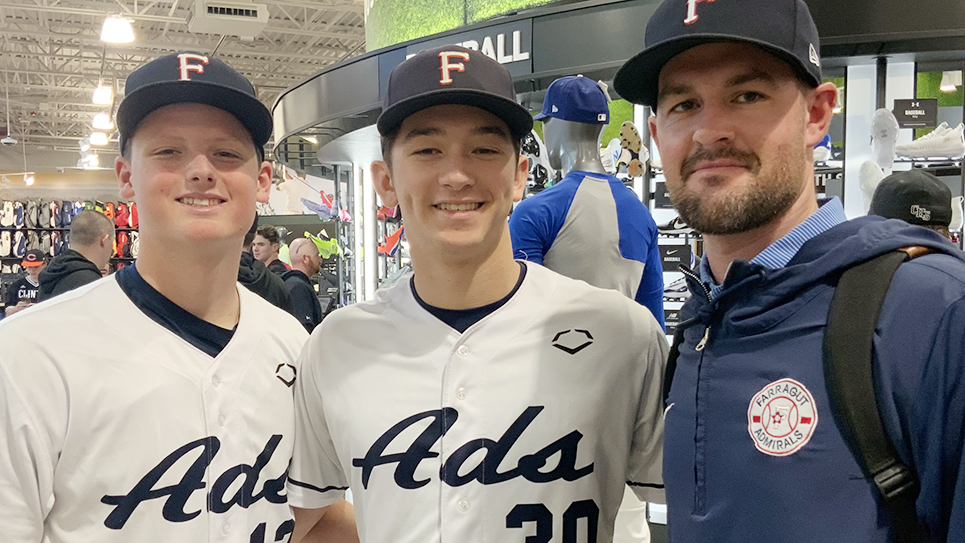By Tom Mattingly
When the announcement came the week before the LSU game that the Vols would wear their “Smokey Gray” uniforms at Baton Rouge instead of the traditional orange and white, skittish Vol fans wondered how that decision might affect the game’s outcome.
For Vol fans, the history of the “Smokey Gray” uniform has always seemed problematic, given that it began under the reign of former coach Butch Jones, who seemed enamored with the prospect of the Vols wearing “alternate uniforms,” at home or away from Neyland Stadium.
Since the days of Gen. Bob Neyland, the idea of the Vols wearing orange jerseys in an opposing venue seemed akin to a divine right. One picture makes that point abundantly clear.
The cover photo on the Oct. 30, 1967, issue of Sports Illustrated shows Tennessee’s Mike Jones in orange and Alabama’s Dennis Homan in crimson battling for the ball in the game at Legion Field. It was football the way the gods had ordained it.
Over the years, many fans have wondered openly why a school whose colors were orange and white would want (or need) to wear anything else.
In early 1971, things changed irrevocably. The SEC mandated the choice of jersey color for the home team. That meant the visitors had to, in most instances, don white shirts.
The Vols had worn the white shirts in games away from Knoxville in the 1953 Cotton Bowl (Texas 16, Tennessee 0), the 1963 Alabama game at Legion Field (Alabama 35, Tennessee 0), and the 1969 Cotton Bowl (Texas 36, Tennessee 13). Those results had caused Vol fans to worry, perhaps excessively, and consider the white jerseys to be a “jinx.”
Tennessee head coach Bill Battle voted against the new SEC policy. “You’re dadgum right I did,” Battle said in a 2005 interview. For those of us who know him, the term was as close as he would ever come to using bad language.
One impetus toward this change in policy may have come in the 1969 Tennessee-Vanderbilt game at Neyland Stadium. On a sunny November day, the long-time rivals squared off in the season finale. The Vols won 40-27, clinching their second SEC title in three seasons. Vandy wore bright gold jerseys, and the Vols wore their traditional orange.
However, the only way fans could really tell the teams apart was that Vanderbilt wore gold helmets, and the Vols wore their traditional white helmets with the “Power T” on each side.
Vanderbilt head coach Bill Pace, later a Tennessee assistant coach, noted that it appeared Tennessee would wear white jerseys at Dudley Field the next season. “Appeared” may have been the operative word, since the Vols did show up in their orange jerseys, much to the relief of Tennessee partisans.
In 1971, when Tennessee made its first trip to Gainesville since 1955, the Vols wore white jerseys with orange collars. Florida coach Doug Dickey, the Vols’ head coach two years earlier, was aware of the “jinx” and outfitted the Gators in their orange jerseys, leaving Tennessee in the white shirts.
That night, the Vols huffed and puffed their way to a 20-13 win, needing a 99-yard touchdown drive led by quarterback Phil Pierce to break a 13-13 halftime deadlock. They would wear these uniforms on the road over the next three seasons, with a record of 5-3-0 (.625).
The Vols donned white shirts and white pants for road games in 1974. That lasted until John Majors arrived in 1977. Those jerseys were only worn twice over those three seasons and were nothing to write home about.
In that first season, Majors swung for the fences, adding a splash of white to the home orange jerseys, mainly on the sleeves, and a touch of orange to the white road jerseys. Then came a special touch that caught Vol fans’ attention. When the Vols played Alabama that season, the team ran onto Legion Field dressed in white shirts… and orange pants.
Later that season, when the Vols played the season finale against Vanderbilt, the team entered Shields-Watkins Field from its east side dressing room dressed in orange shirts and orange pants. Players said after the game that the new look gave them an extra motivational edge. The final that day was 42-7.
When push came to shove at LSU earlier this month, the “controversy” over the “Smokey Gray” didn’t seem to matter. The final score was Tennessee 40, LSU 13, and it wasn’t that close. The color of the jerseys didn’t seem to matter as much as the talents of the players who were wearing them.

